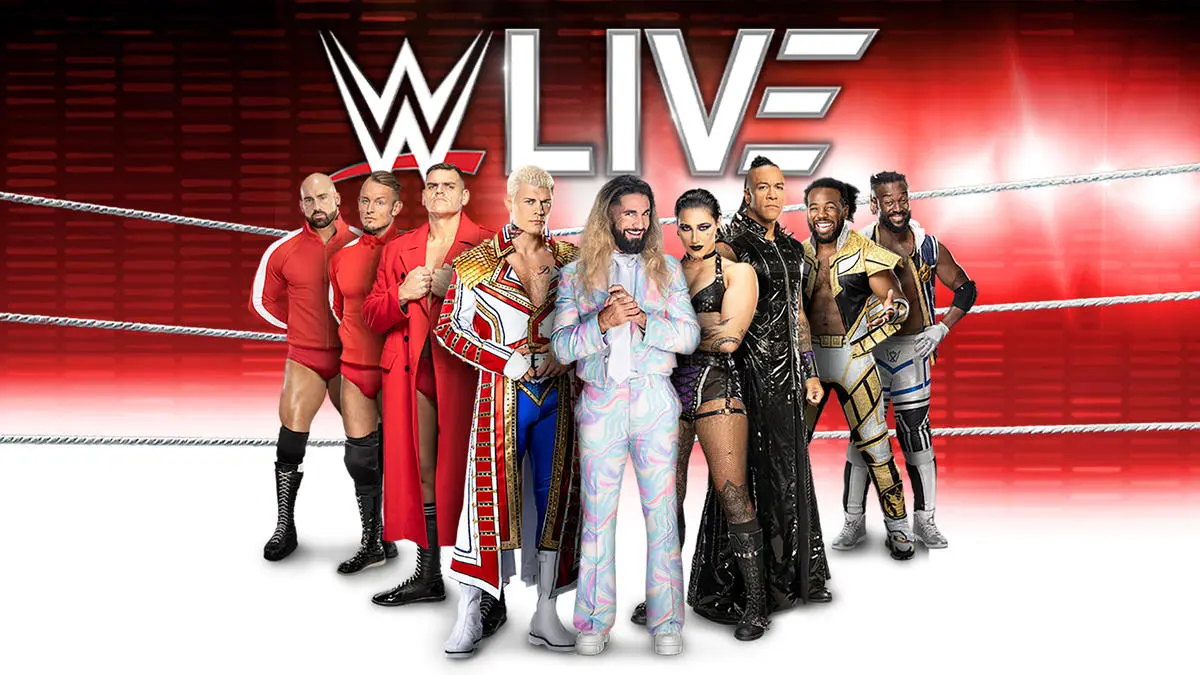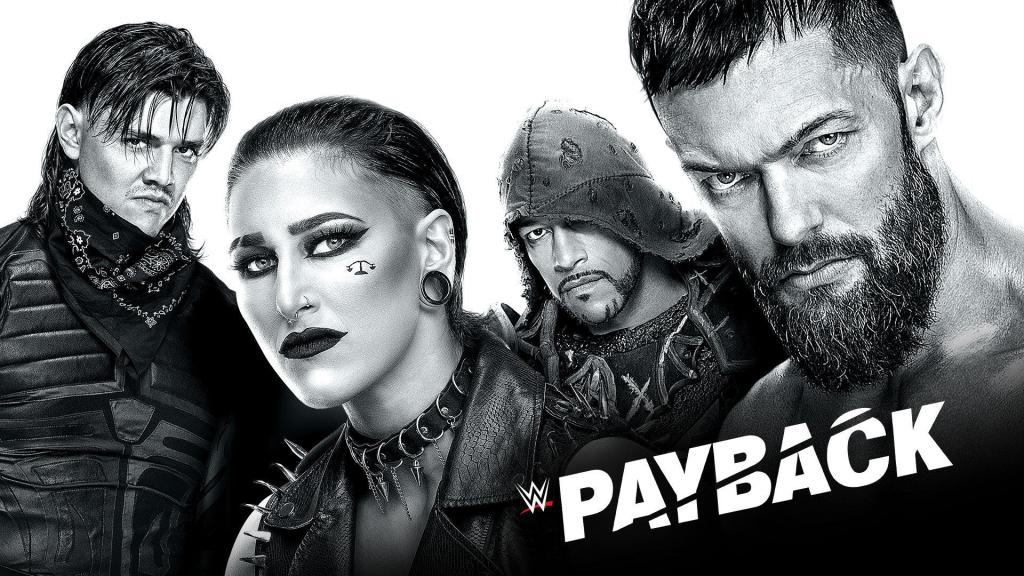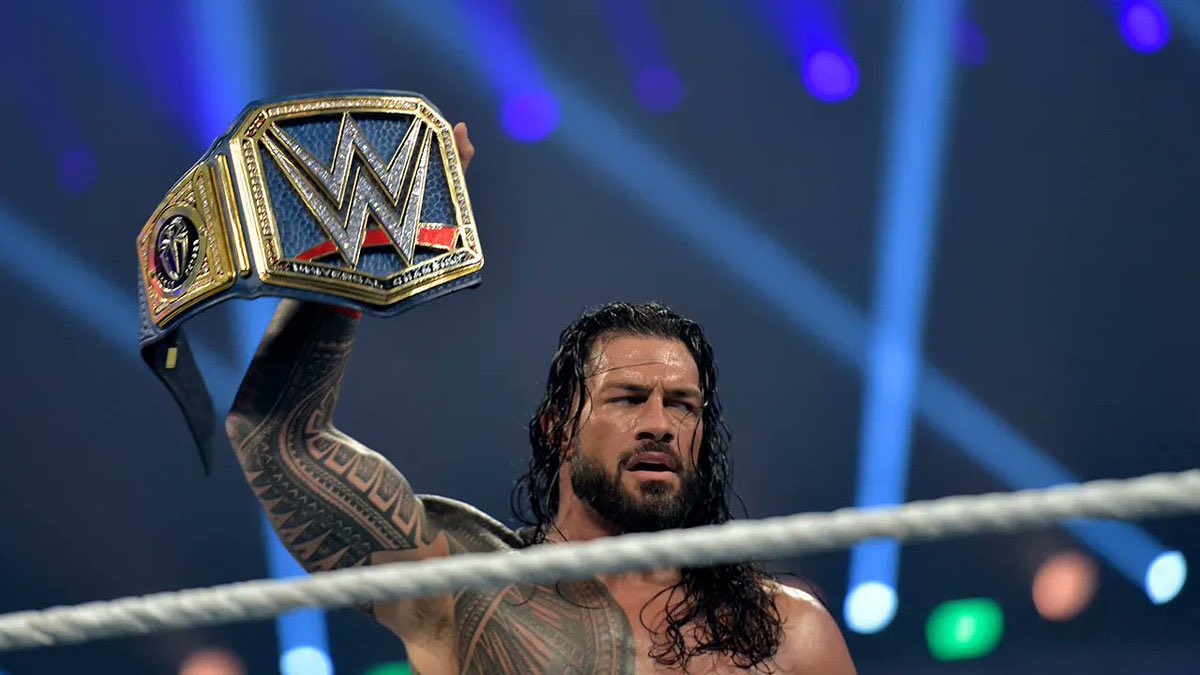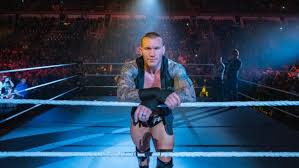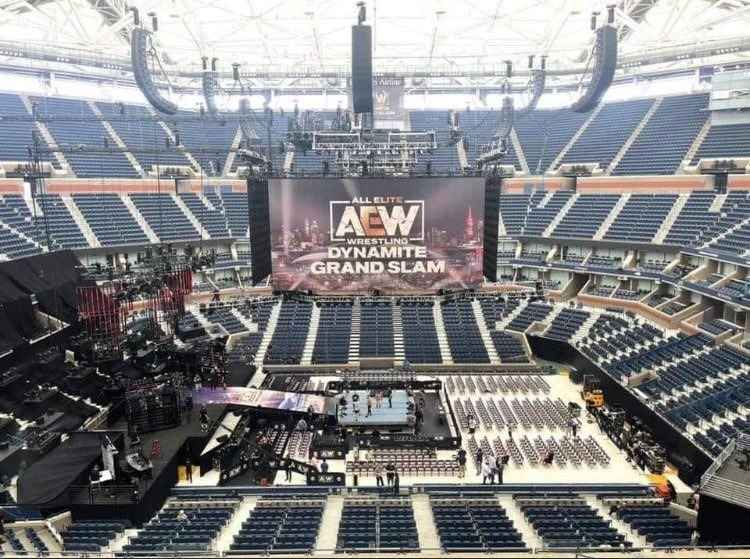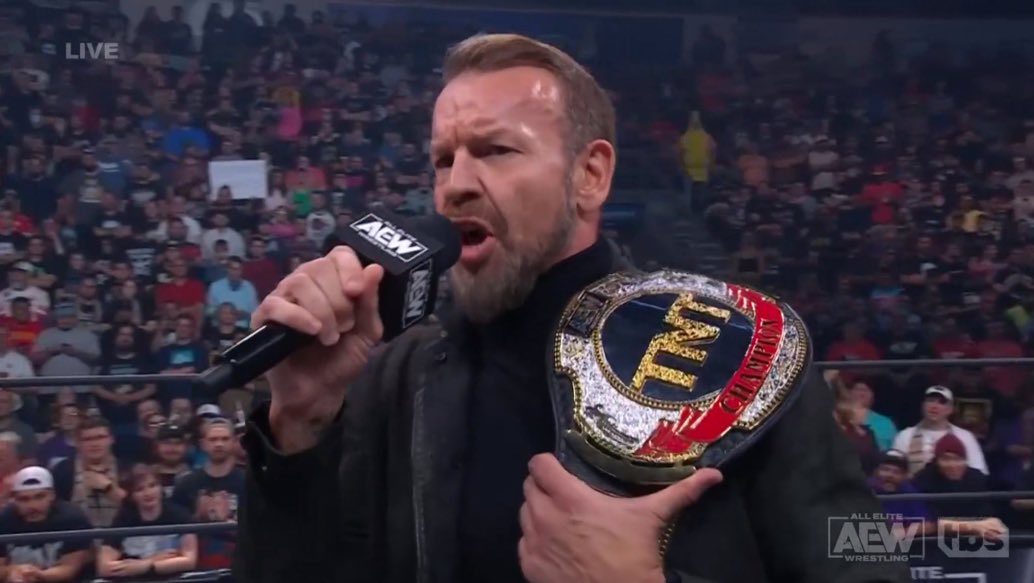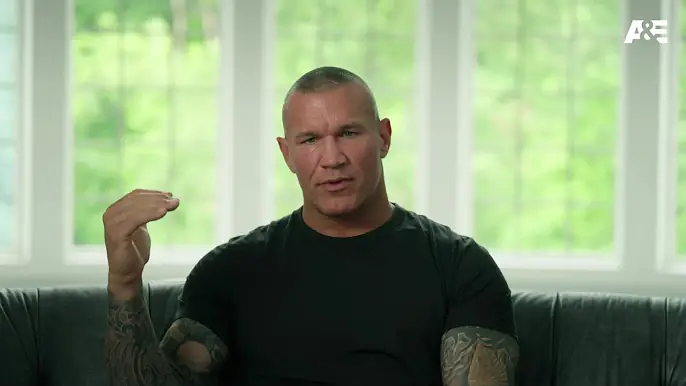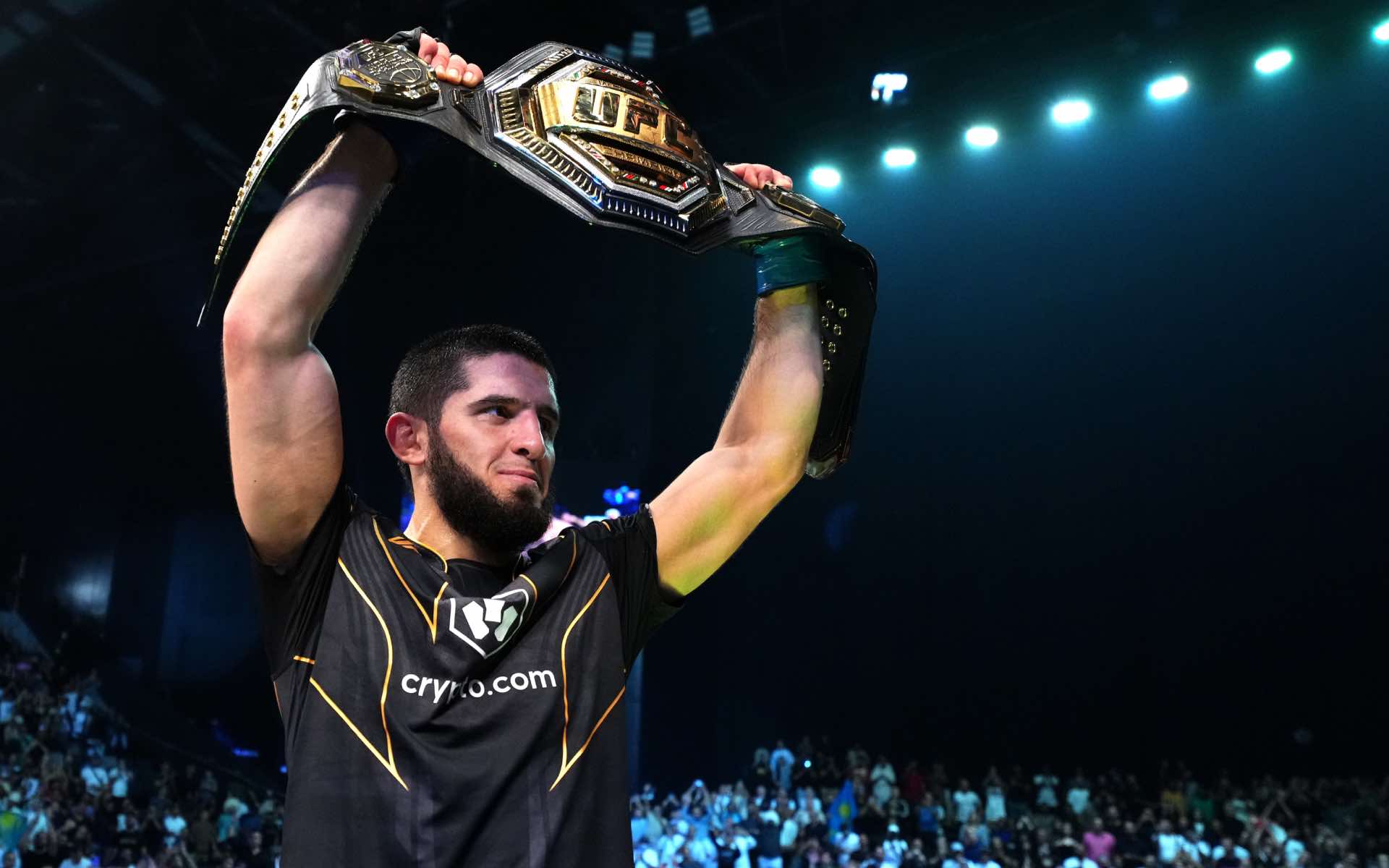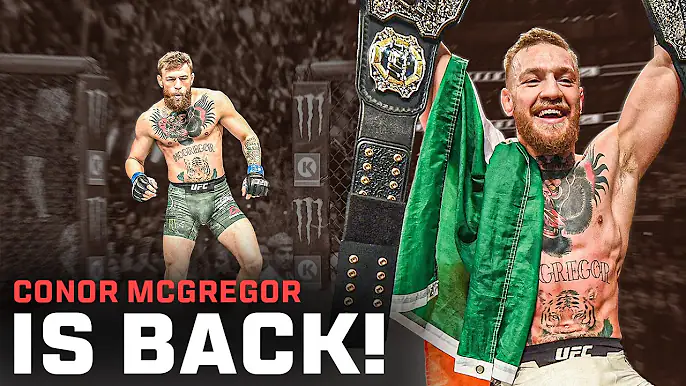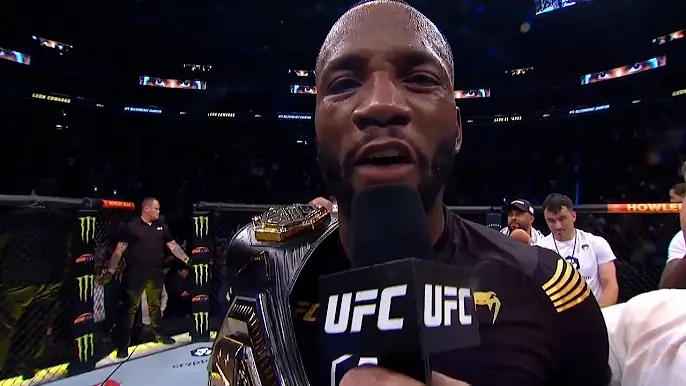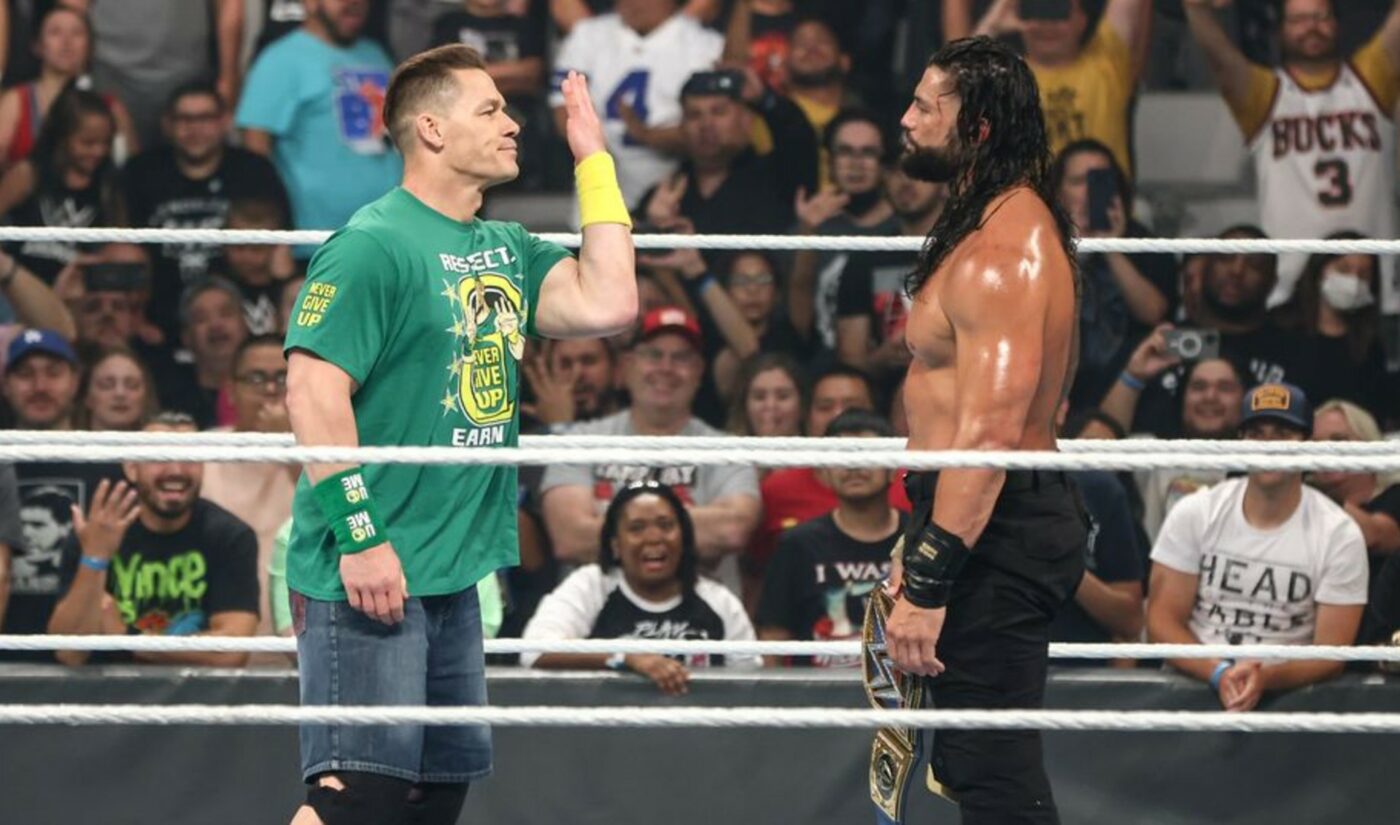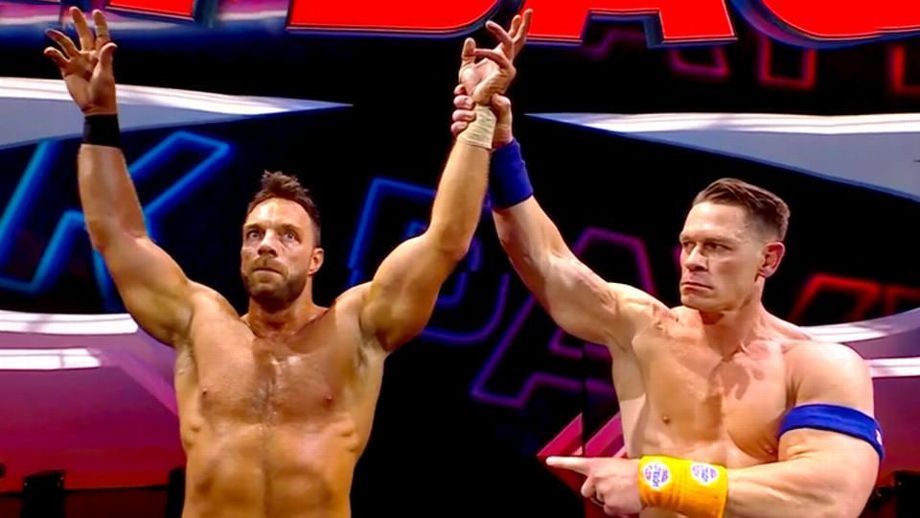The Evolution of UFC Training Camps: Preparing Champions
MMA has steadily developed since the establishment of the UFC in 1993 from a barbaric show with a mixture of martial arts styles to an organized, complex sport that demands a lot of skills, fitness, and intelligence. In this evolution, UFC training camps stand out as key to the change from basic preparations to modern, highly professionalized training mechanisms intended to create champions. This article therefore seeks to discuss the nature and development of the UFC training camps and how they prepare fighters for MMA fights.
Early Days: The Birth of MMA Training Camps
The Beginnings
In the early UFC, fighters were brought in from single martial arts backgrounds: karate, boxing, BJJ, wrestling, or kickboxing. Gyms or training camps were crude and did not encompass all the features that are available today. Training was centered on the fighter’s main discipline. For instance, Royce Gracie, who was one of the early champions in the UFC, specialized in BJJ, while wrestlers such as Dan Severn relied more on wrestling skills. Technical specialization across multiple disciplines was not very common, and the idea of having a formal training camp in MMA was nonexistent.
The shift toward cross-training
This was the beginning of cross-training due to the discovery that the mastery of only one martial art was insufficient in the octagon. Techniques became more useful as fighters started realizing that striking, grappling, and submissions must be varied to gain an edge over the opponent. This shift in training was gradually becoming the modern MMA training camp.
The Development of All-Inclusive Training Camps
Modern MMA Training and Its Pioneers
Frank Shamrock was one of the first fighters to change the way fighters trained in the late 1990s, integrating wrestling and submission, striking, and conditioning. Shamrock’s success underlined the necessity of an all-around skill set and created the best conditions for future generations of fighters and trainers.
Development of Specialized Camps
Thus, as the sport developed, it became necessary to have proper training grounds for athletes that are involved in the sport. Some of these camps are the American Kickboxing Academy (AKA), Jackson Wink MMA, and American Top Team (ATT). These camps were meant to provide training in the areas of striking, grappling, strength, and conditioning, as well as the use of the mind. Boxers now get a chance to work with the best trainers in different fields all in one gym, which greatly enhances their training.
Key Components of Modern Training Camps
Contemporary training camps in the UFC usually range from 8 to 12 weeks and are organized in detail. They include several key components:
Technical Training: Designed to develop certain abilities concerning striking and flooring techniques such as boxing, Muay Thai, kickboxing, BJJ, wrestling, judo, etc.
Strength and Conditioning: This is a kind of circuit training that aims at improving endurance, strength, power, and the general fitness of the cardiovascular system.
Sparring: sparring sessions that are performed with some restrictions replicating live matches to help the fighters apply their skills in a controlled manner.
Game Planning: Formulating specific approaches that allow a fighter to take advantage of an opponent’s vulnerable points and at the same time build on the fighter’s assets.
Recovery and Nutrition: stressing the need to avoid injuries, an adequate and proper diet, and overall health to enable the body to perform at its best.
Technological Advancements in Training
Data analytics and performance monitoring
Modern technology has been adopted in UFC training camps, particularly in the recent past. Technology such as data analysis and performance monitoring enables fighters and coaches to monitor their progress and enhance their training. Smart watches and other wearable gadgets track the heart rate, sleep, and other parameters, enabling coaches to modify training schedules.
Virtual reality and simulation
Now aspects such as virtual reality (VR) and simulation tools have found their way into training the fighters for the octagon. These technologies enable the fighter to feel like they are actually experiencing a bout and to rehearse the events of a bout in their minds.
Biomechanics and Movement Analysis
Biomechanics and movement analysis allow the coach to break down the movements of a fighter and find the flaws that need to be corrected. Video and motion analysis can help refine form and avoid painful complications.
The role of mental training
Psychological Preparedness
Thus, the psychological component of the fight is no less important than the physical one. Present-day training facilities employ sports psychologists who pay attention to things such as fighters’s mental preparedness, concentration, and coping strategies. Mental readiness for competitive pressure is developed through visualization, mindfulness, and cognitive-behavioral methods.
Dealing with adversity
Understanding how to deal with failures and losses is one of the most important components of a fighter’s training. Mental preparation assists the fighters to be strong and focused in many ways and not to lose morale during their respective durations in the ring.
Nutrition and Recovery: The Unsung Heroes
Personalized nutrition plans
It’s important to note that proper nutrition is crucial to the success of a fighter. Contemporary training facilities have dietitians who prepare the diet schedule for the fighter, which takes into consideration certain parameters such as weight, energy, and recovery. The focus should be on adequate fluid intake, timing of the nutrients, and balanced diets.
Advanced recovery techniques
Recovery is also a critical factor in training; it allows the fighters to have their best performances without getting injured. Some of the procedures include cryotherapy, hydrotherapy, massages, and physiotherapy. However, the introduction of advanced technologies within the sporting world has improved the treatment of injuries and enhanced the time taken in the recovery process.
The Importance of Legendary Training Camps
American Kickboxing Academy (AKA)
AKA stands for American Kickboxing Academy, and it is in San Jose, California. Notable athletes who trained there include Cain Velasquez, Daniel Cormier, and Khabib Nurmagomedov. This has made the camp successful with intensive training techniques, qualified trainers and coaches, discipline, and hard work.
Jackson Wink MMA Academy
Jackson Wink MMA, headquartered in Albuquerque, New Mexico, has housed some of the biggest names in the industry, like Jon Jones, Holly Holm, and Georges St-Pierre. The camp has gained quite a reputation for its training methods and fight preparation, with a focus on tactics.
American Top Team (ATT)
ATT is one of the largest and most successful MMA training camps situated in Coconut Creek, Florida. It has some of the best fighters on the UFC roster, such as Amanda Nunes, Dustin Poirier, and Joanna Jedrzejczyk. The extensive training options offered by ATT include the best trainers and fully equipped training facilities that have helped its fighters.
Women’s UFC Training Camps: An Increasing Impact
Pioneers and Progress
With the sudden growth in the number of women participating in MMA, there has been an emergence of female-specific training facilities. Many legends, such as Ronda Rousey and Amanda Nunes, have proven that women can also be as strong as men. Modern training camps are also designed for female practitioners, which makes it possible to offer programs that meet the physical and tactical requirements of women’s MMA.
Important Training Camps for Women
Gyms such as Jackson Wink MMA and ATT have played a big role in the success of many female fighters. Such camps are preferred as they allow women to train together with men and get the same quality training as their male counterparts, trainers, and equipment.
Future Trends in UFC Training Camps
Integration of AI and Machine Learning
It is very likely that in future training camps for the UFC, artificial intelligence and machine learning could be used. These technologies are capable of processing large amounts of data to generate knowledge about training patterns, risk factors, and appropriate training strategies.
Enhanced Virtual Training Environments
With time, better versions of VR technology will be developed, resulting in more sophisticated virtual training environments. Such environments will enable fighters to stage fights with near-real-life situations adding to their preparation.
Holistic health approaches
Future training camps will probably be even more comprehensive in their views of health, including physical, mental, and emotional components. This could include such things as increasing the use of mindfulness and meditative techniques or increasing the focus on overall health and quality of life.
Conclusion
The emergence and development of training camps for UFC fighters have played a very important role in the development of the sport. Beginning with the preparation of training camps for a single discipline to the present-day training camps that are not only complicated and multi-disciplinary, it is clear that the preparation of the training camps has been able to evolve as and when required by the nature of the sport. The use of technology, new methods of training, and psychological preparation have changed the training process for fighters.
With the development of the sport, the means and approaches of training camps will also change. More innovations are expected in the future to complement the training and fighting skills of UFC fighters. Whether through the use of AI, advanced VR simulations, or holistic health approaches, the goal remains the same: to produce fighters who can compete effectively within the cage or the octagon.

